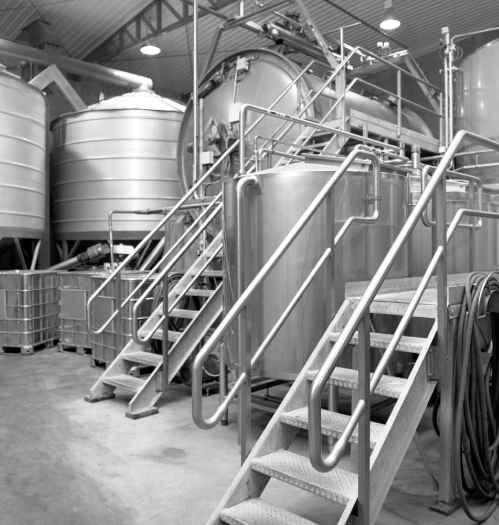What Are You Looking For?
Polyether Fermentation Defoamers: Precision Chemistry for Uncompromising Productivity
Jul 25, 2025Foam in fermentation isn’t just a nuisance—it’s a yield-killing, contamination-risk amplifier. While generic defoamer articles abound, we cut to the core: why polyether chemistry dominates industrial fermentation, and how choosing the right formulation impacts your bottom line.
Why Fermentation Foam Demands Specialized Control
Fermentation foam is stabilized by microbial biosurfactants—creating tenacious, protein-rich bubbles. Silicone defoamers often struggle here, risking residue buildup, poor broth compatibility, and downstream contamination.

The Polyether Advantage: Engineered for Bioreactors
Polyether defoamers (EO/PO copolymers) solve these challenges through molecular precision:
1.Targeted Surface Activity
2.Tailored HLB Balance
✓Broth compatibility & sustained dispersibility
✓ Temperature/pH stability (5–120°C)
✓ No over-solubilization (maintains activity).
3.Process-Safe Performance
Key Selection Criteria
Not all polyethers are equal. Optimization requires:
Why Partner with a Specialist?
As manufacturers, we engineer defoamers as process solutions:
The Bottom Line:
Polyether defoamers are silent productivity multipliers. Selecting chemistry aligned with your process prevents costly trial-and-error—protecting yields, sterility, and equipment.
Engineered for Your Fermentation Success
ANTIFOAM company develops precision polyether defoamers for maximum uptime and compliance. Let’s optimize your antifoam strategy.